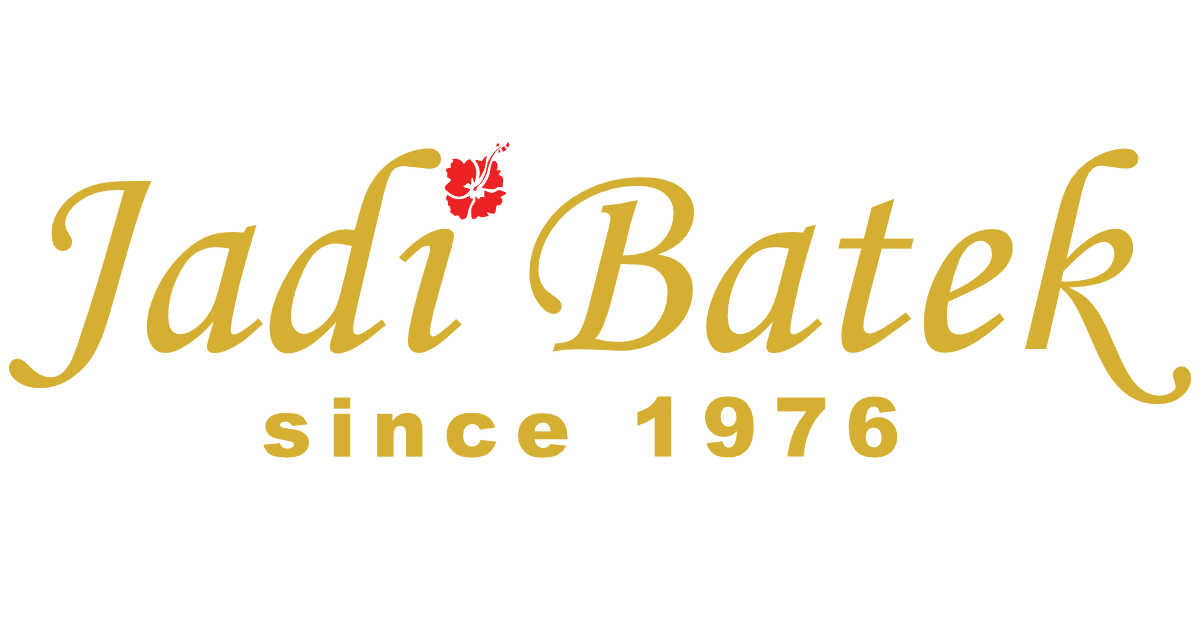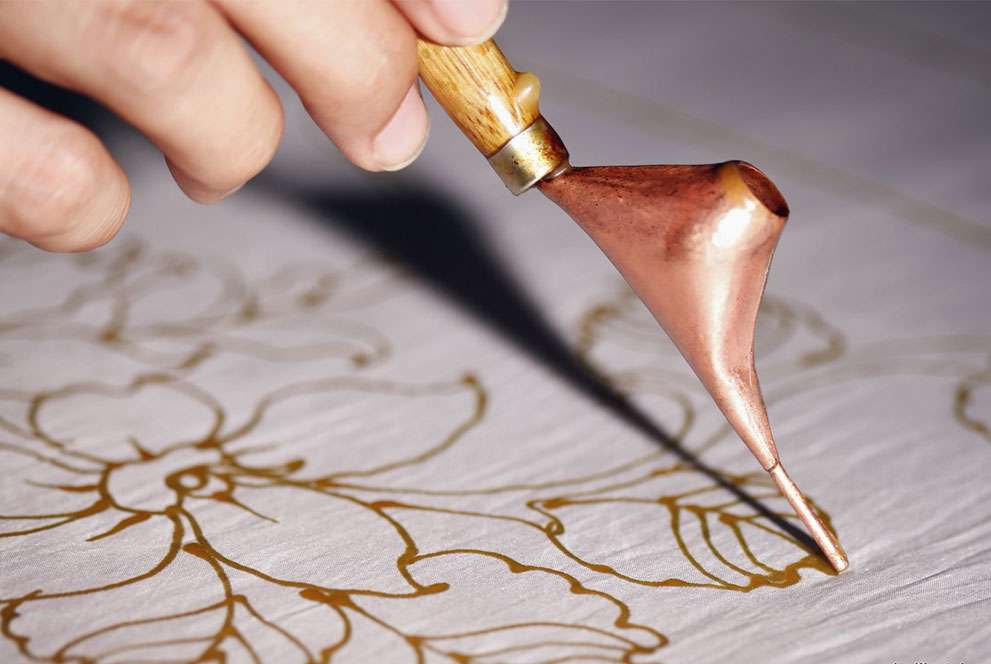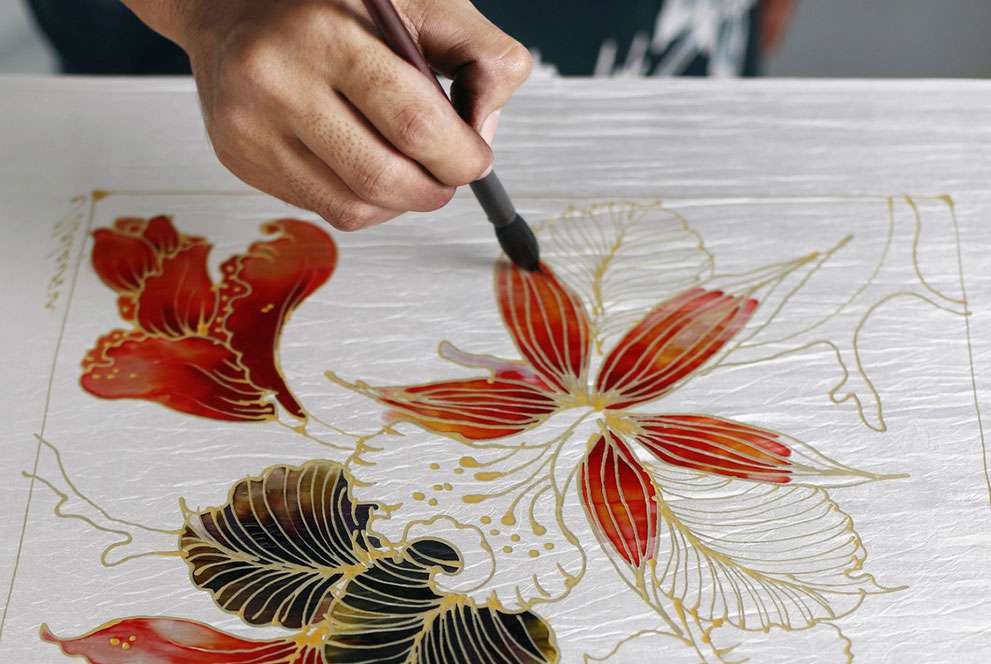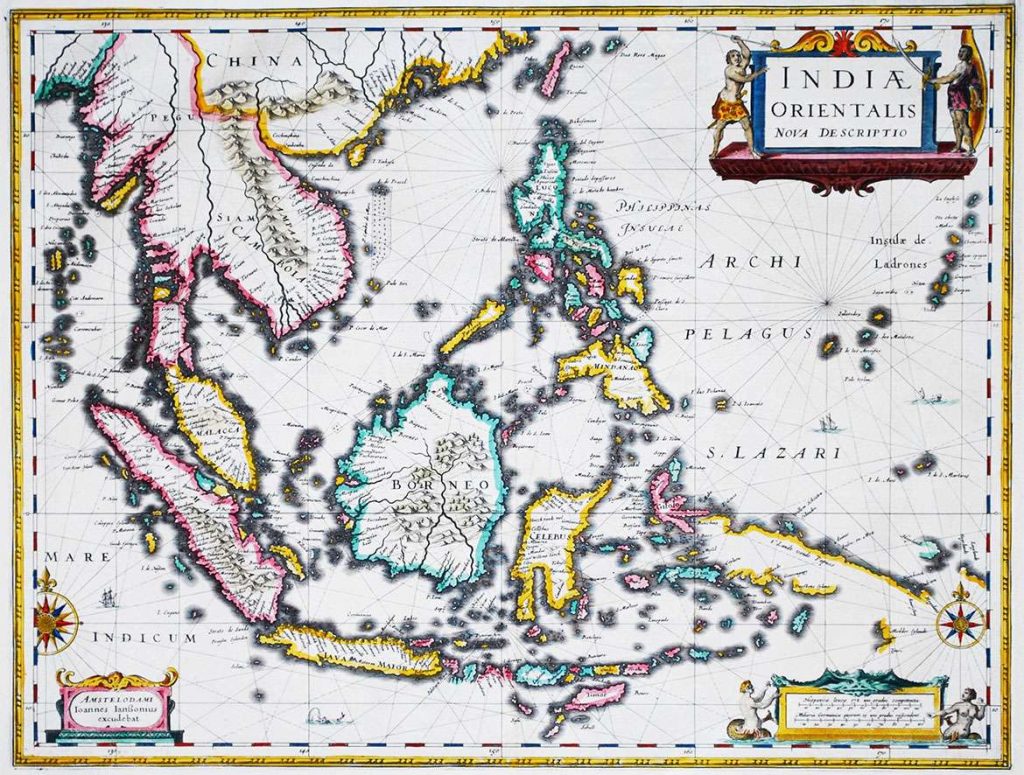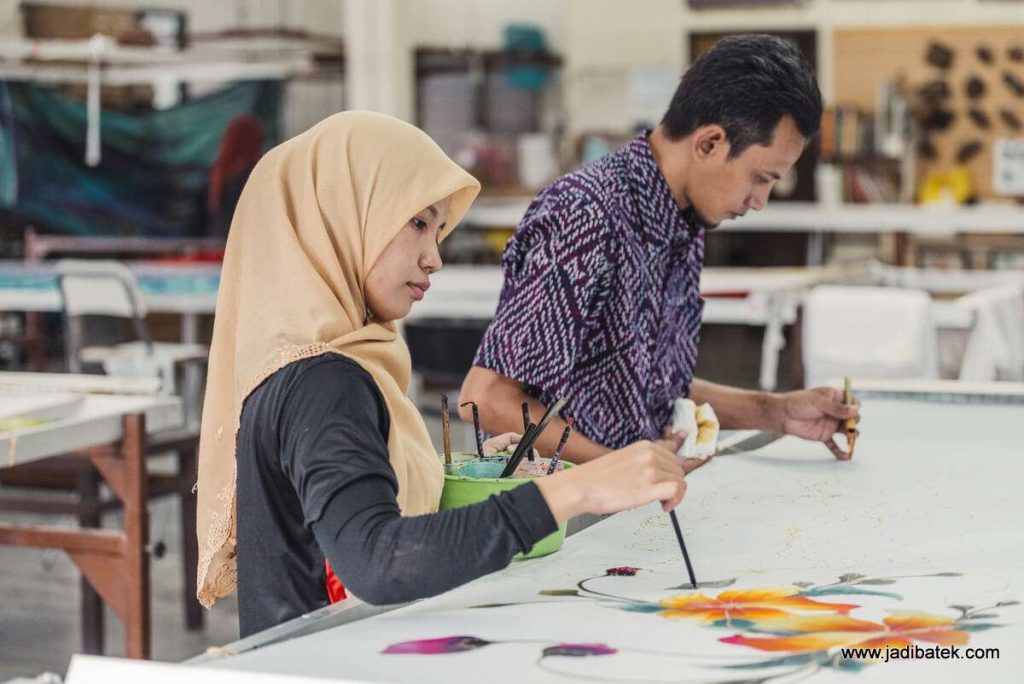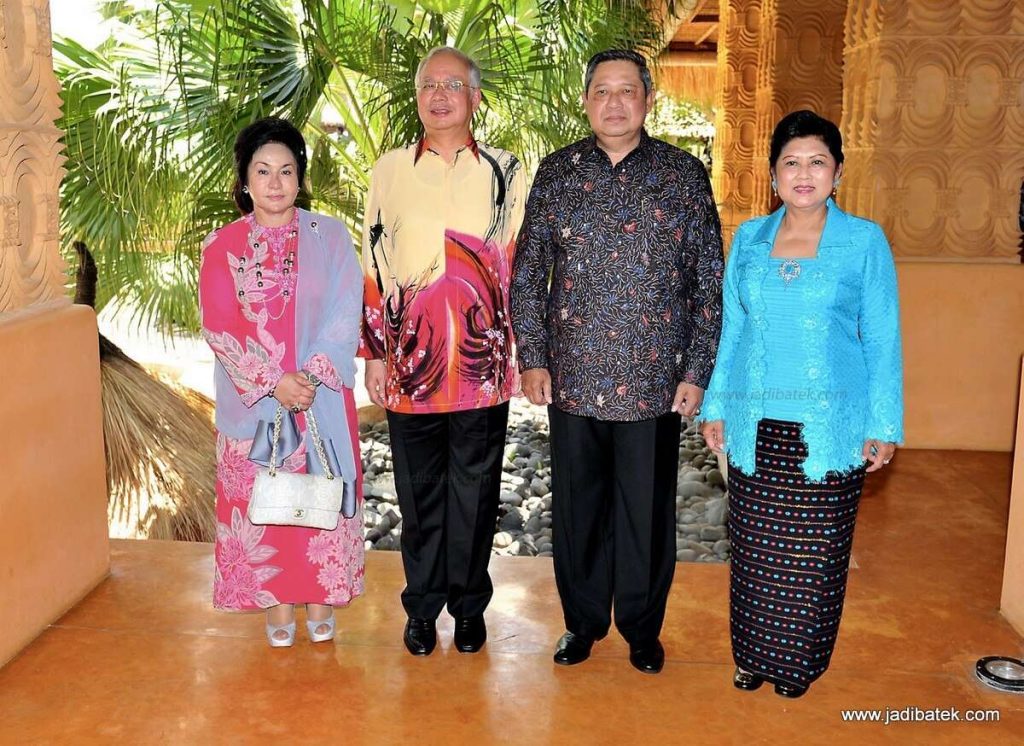What is Batik
In simple term, Batik is an art to decorate cloth with wax as resist method. Derived from the Javanese words, amba (to write) and titik (dot), batik is an old form of art which loosely translated means to dot, while some have even translated it as wax writing or drawing with a broken line, batik is essentially a crafted fabric that needs to undergo the delicate and repeated process of waxing, dyeing and boiling. Wax is used as a mean of colour blocking in the colouring process. Every part of the fabric that remains untouched by a certain colour has to be covered with wax.
History
Although batik’s true origin remains shrouded in mystery, evidence of early batik has been found in the Middle East, Egypt, Peru, Japan, East Turkistan, Europe, as well as India and China as far back as 2000 years ago, and has reached its highest artistic expression in South East Asia, particularly in Indonesia and Malaysia. In Malaysia, where batik origins are obscure, it is believed that the states of Kelantan and Terengganu are recognised as the cradle where Malaysia batik grew.
The Sultans were mainly responsible for the growth of batik in these two states. They encouraged experimentation of techniques in mass production and helped to expand the industry. Upon achieving independence in 1957, Malaysia looked to batik to create a national identity, and it became the official national attire for formal occasions. By the 1990s batik had lost its magic, and it was only in 2003 when it bounced back with renewed vitality.
From a handicraft, batik has evolved into a unique art form that has inspired people all over the world to take an active interest in it. It is the combined effort of the government and entrepreneurs, who work tirelessly to preserve the national heritage that has made batik survive modernity and adapt to changing times possible.
Type of Batik
In Malaysia, there are two major types of batik – hand-drawn batik and stamped batik.
Hand-Drawn Batik
Hand-Drawn Batik is where the designs are drawn on the fabric with hot liquid wax by using a metal object called canting.
When the wax outlines are done, artists use the brushes to paint the dyes within the outlines. The use of brush can create shaded and multi-hued designs.
Various fabrics are used including cotton, rayon, linen, voile and silk. These fabrics are patterned with floral and geometrical motifs, arranged in various layouts as dictated by current trends.
Hand-drawn batik is usually produced in 4 metre length or 2 metre length. 4 metre length hand-drawn batik is used for women’s wear and 2 metre hand-drawn batik is used for men’s wear. These garments are often used for formal events. Besides dresses, hand-drawn batik is also made into scarves, pareos,craftans and even as framed art.
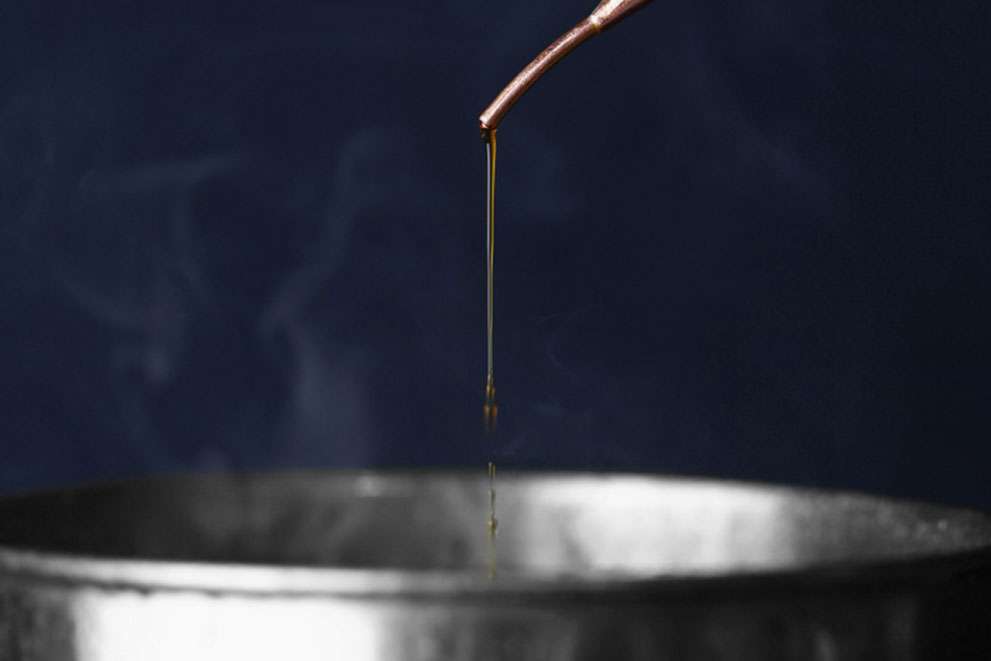
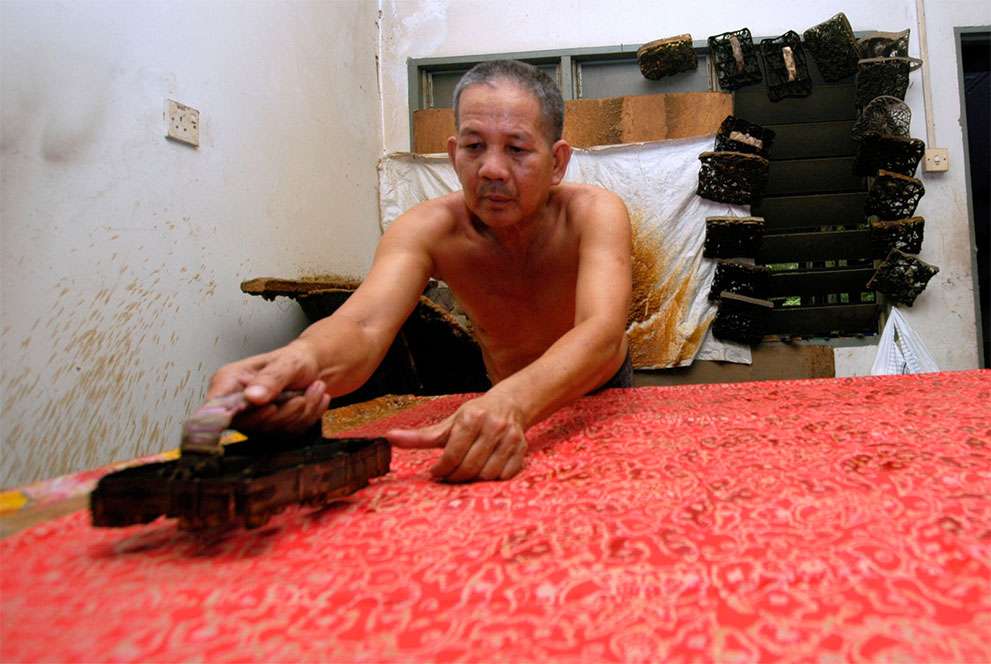
Block-Printed Batik
Another type of batik is the stamped batik or block-printed batik. The canting will be replaced by a copper block or sometimes a wooden stamp with artistically patterned bottom.
The block is dipped into wax and printed onto the fabric, which is then dip-dyed. Then the wax will be removed and batik with single color is produced. To create multi-colors and more complex block-printed batik, waxing with different blocks and de-waxing will be done many times.
Cotton is a popular fabric used in block-printed batik and the output quantity is around 20 metres, depending on the original size of fabric. Block-printed batik is usually tailored into shirts and dresses for leisure wear. Some handicrafts and soft furnishings also use block-printed batik as material.
Block-printed batik does not have the intricate delicacy of hand-drawn batik and similar shapes or patterns are repeated on a piece of fabric.
In general, the process of hand-drawn batik is very slow and time consuming, while block-printed batik is faster and more suitable for mass production. As a result, hand-drawn batik is more expensive and exclusive than block-printed batik.
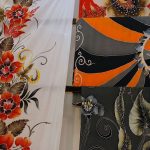
Characteristic of Malaysian Batik
Although the history of batik in Malaysia can be traced back to Indonesia about 100 years ago, Malaysian batik has developed its own characteristic over the years. Some distinctive differences that can be seen include:
Drawing method: Malaysian batik artists stand when drawing the batik on a frame. Our Indonesian counterpart sit and draw the batik without any frame supports.
Malaysian batik has big, floral designs, while Indonesian ones are detailed and influenced by religion.
Identifying Quality Batik
Batik is an inherent part of Malaysian identity. However, despite its widespread popularity in the country, not all batik-lovers are familiar with the painstaking process needed to create this invaluable heritage.
The value of a batik is determined by the length of time taken to produce it. There are two different types of batik: batik tulis, which literally means “written batik” and batik cap (stamped batik). Of these two, batik tulis is more costly as it requires a lot of patience and persistence to produce it.
To identify quality batik, one should take note of the following attributes:
Color scheme
The traditional way of making batik uses malam (hot liquid wax), which was introduced by the Gujarati traders who came to Java in the 6th century. In addition, it uses natural dye derived from leaves and flowers, which produces earthy-tones. The deep-brown colour is called ‘sogan’ in local language, which is why the traditional batik is sometimes called batik sogan. In contrast, commercially-made printed batik uses chemical dyes which results in brighter and more vibrant colours. The colour variation is also richer.
Reverse side
The easiest way to identify a handmade batik is to look at the reverse side of the fabric. The reverse side of a printed batik is visibly faded as only one side of the fabric is printed on. On the other hand, the colour of a hand drawn batik tulis is consistent on both sides as the fabric is immersed into a vat of dye.
Unique appearance
Every stroke on a batik tulis is hand-drawn using a canting – this gives each batik produced a unique appearance. Since batik tulis is hand-drawn, one may spot stains and anomalies; the strokes may not be as precise as the ones on a printed batik, but, this beautiful mess is what makes it even more valuable.
